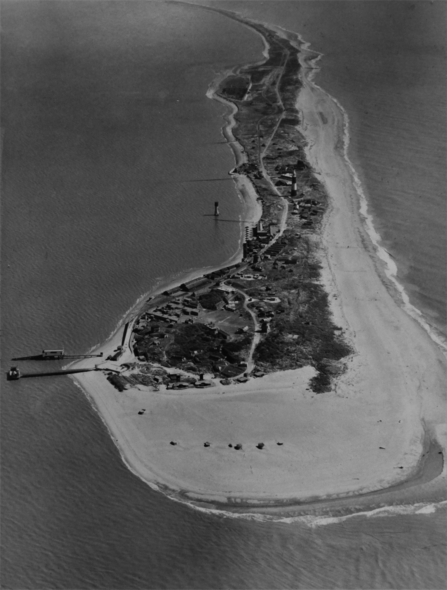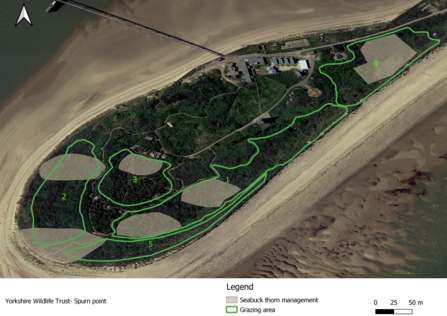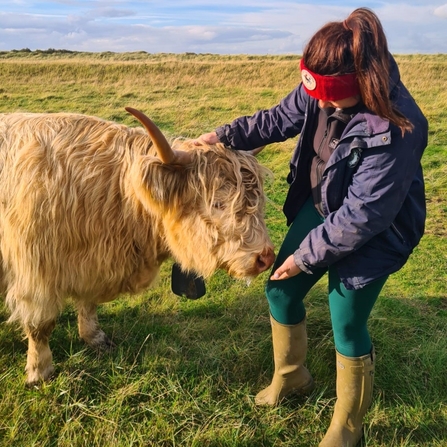If you’ve visited Spurn, you’ve probably noticed the scrubby sea buckthorn scattered along the sand dunes.
This coastal plant is great for providing habitat for migrating birds and holding its berries well into winter – providing a vital food source for wintering and migrating birds to the area.
Spurn is also a National Nature Reserve and Special Area of Conservation – designated for its plant species. It’s important to keep the dunes and the plants growing on this important habitat in a healthy condition.
However, the scrub has become overgrown in places and has been classed as ‘Unfavourable (fixed dune grassland). Dune scrub fails on age classes,’ according to a survey by Natural England in 2020.
Over the last year, we have spent time reviewing the habitat, talking to colleagues and Natural England, looked at options and entered a new Countryside Stewardship scheme. This has unlocked funding for some essential work to take place.
A military heritage
Spurn hasn’t always had a nature conservation focus. Between the first world war and 1950s, there was a large military base with over 1500 men and woman stationed there, helping to protect our coastline.
Spurn was the ideal location for searchlights and guns. However, the dunes needed to be clear and levelled to give a clear line of site to fire an any enemy aircraft or vessels that tried to enter the mouth of the Humber (pictured below).
Military personnel left the area in the mid 1950s, as the country moved into more peaceful times. This change in land use gave the vegetation and sand dunes a chance to colonise and take hold, forming what you see today – the management approach was to let nature have free reign. Some areas of dune have grown 30ft since the 1950’s!
Now, over 70 years later, we know more about the benefits of clearings and take a different management approach.




